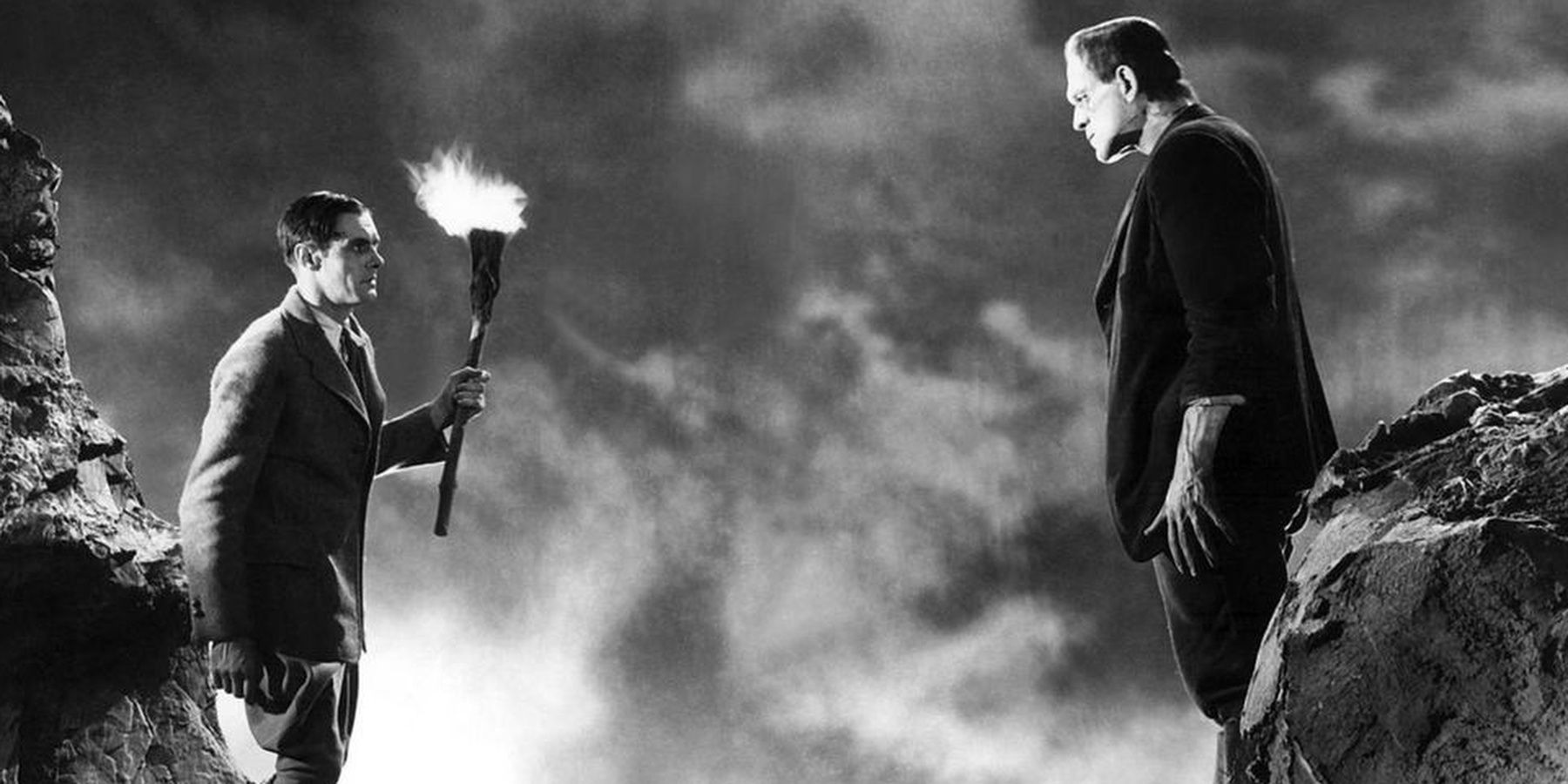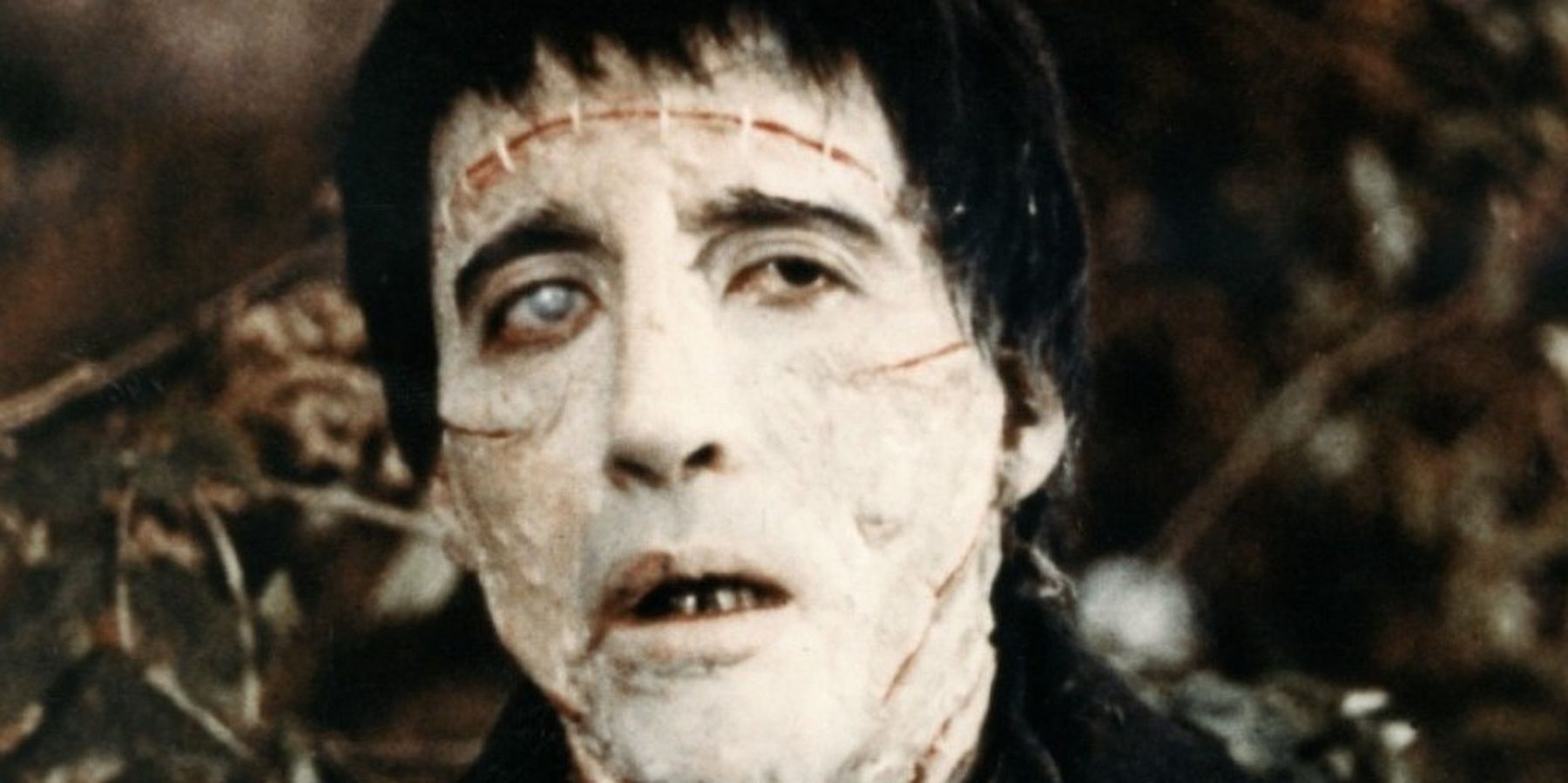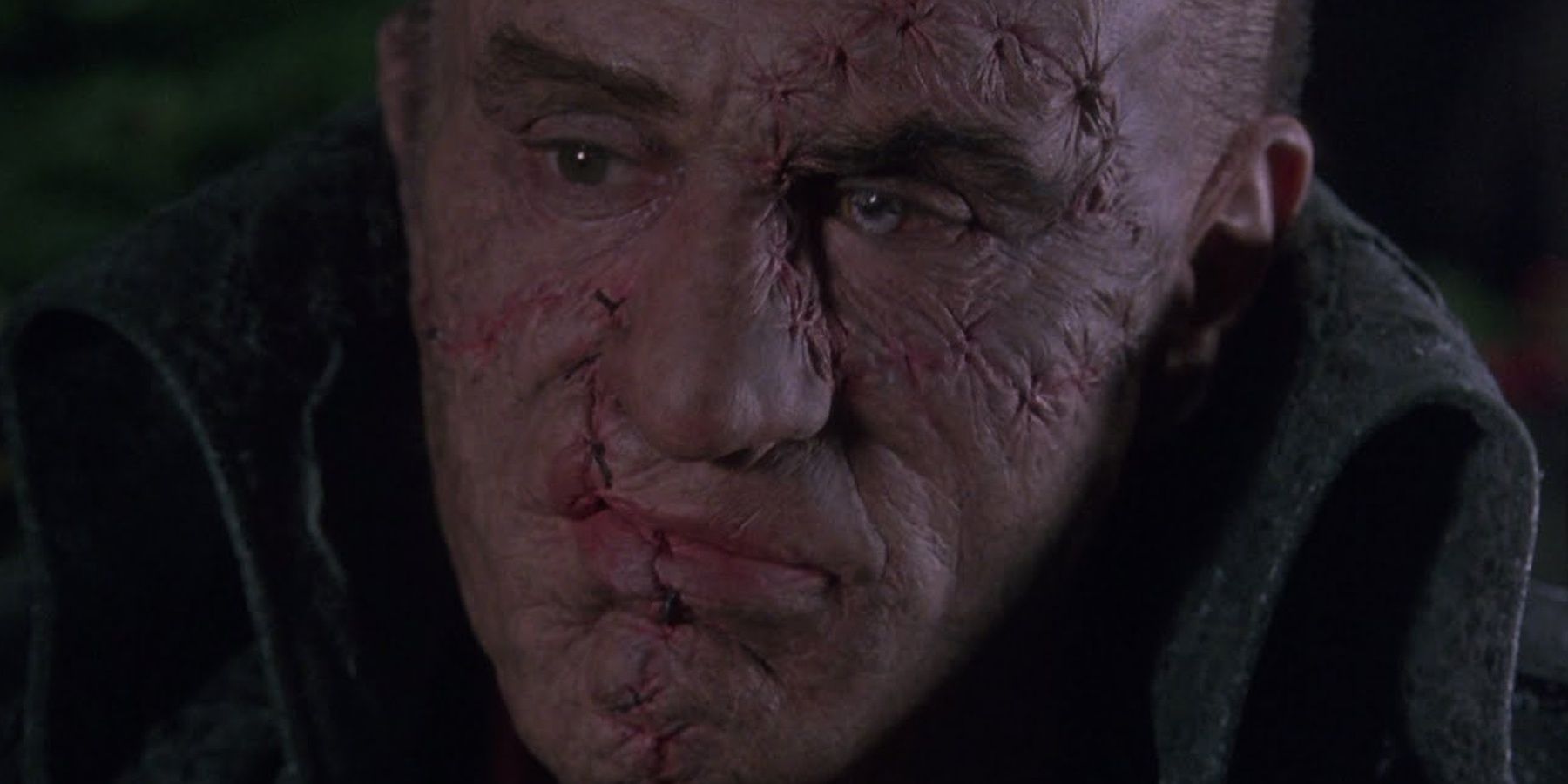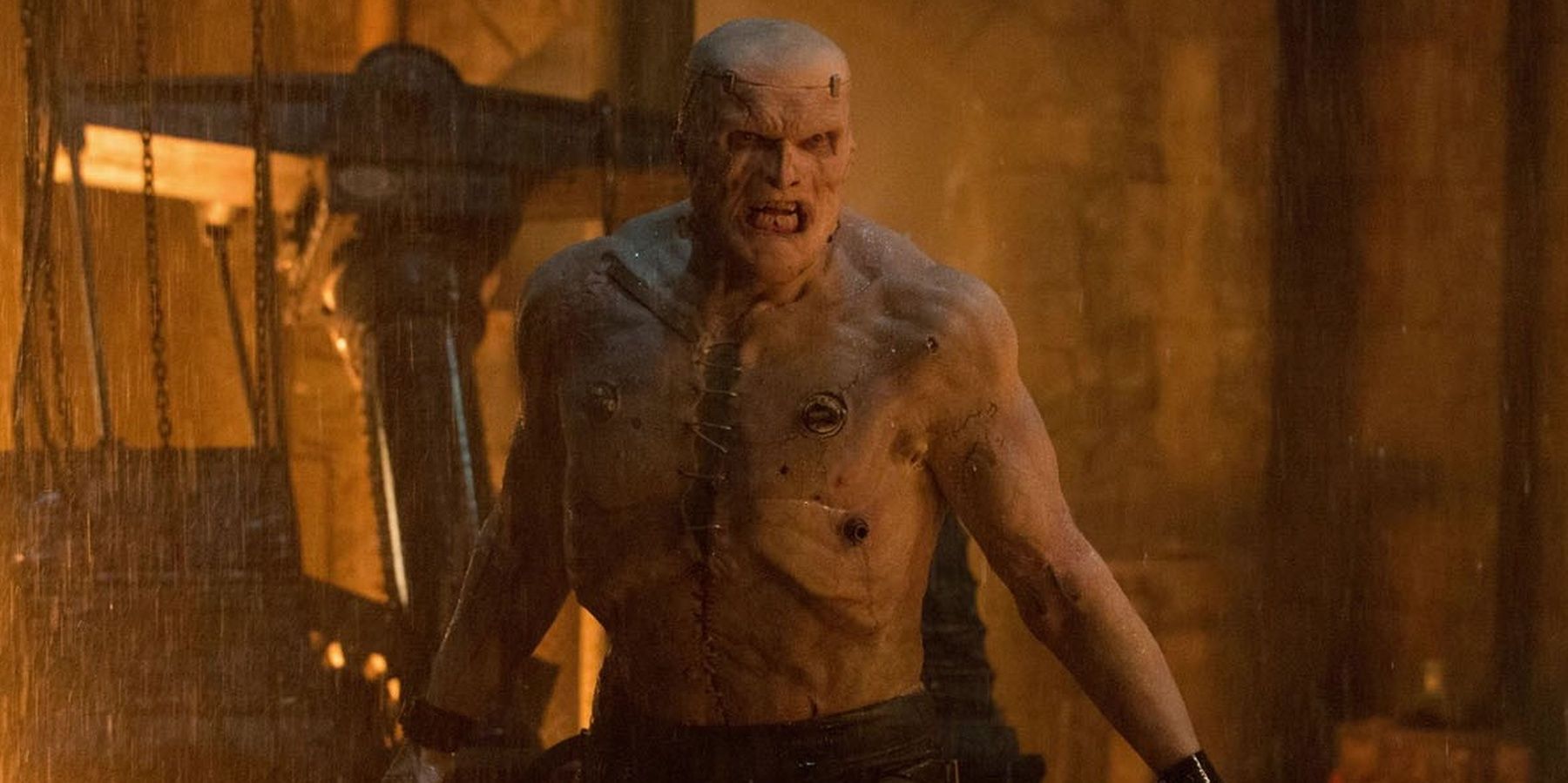Originally published in 1818 and written by literary visionary Mary Shelley, Frankenstein; or, The Modern Prometheus had an immediate and lasting effect on the science fiction landscape. The story of Victor Frankenstein and his monster has transcended the ages and inspired numerous copycats, homages, and remakes both in the literary landscape and in film.
The story of Frankenstein has been adapted to film countless times over the years and has become just as much a staple of cinema science fiction horror as it has literature. With all the cinematic adaptations of the classic story, which one is the best? This article looks at four of the most famous adaptations of the story across the years to determine which is the ultimate Franken feature.
The first outing of Frankenstein's Monster on screen was in 1910 in the short silent film Frankenstein, but it wasn't until the 1931 Universal Studios filmFrankenstein that The Monster truly became a screen icon. Played by Boris Karloff, The Monster was a sympathetic, childlike creation more akin to the literary version than the 1910 on-screen portrayal. Carving out a distinctive look for the character with the bolts in the neck and flat top hair, the movie was one of the first to kick off a string of now-classic horror films following the success of Dracula in 1930.
The 1931 version of Frankenstein truly created iconic imagery of the story. Not only was Karloff's Monster instantly recognizable, but scenes such as the villagers coming for The Monster with pitchforks raised and torches lit, and The Monster throwing young Maria into the lake, have become synonymous with the story of Frankenstein and his Monster across the decades. But is this adaptation truly the best on-screen version of the Frankenstein story? Or is it just a feature that laid excellent groundwork?
In 1957, Hammer Studios presented their take on Mary Shelley's groundbreaking novel with their first in-color film, The Curse of Frankenstein. It featured the dynamic and legendary duo of Peter Cushing as Victor Frankenstein and Christopher Lee as The Monster. A worldwide success, the film effectively launched the studio into being synonymous with gothic and horror cinema at the time. Placing more focus on the story between Victor and his scientific partner Paul, the film follows the pair as they scavenge body parts and create Victor's new Prometheus.
Paul backs out of the experiment, horrified by what it has become. This leaves Victor to re-animate the sum of the collected body parts. Once it becomes clear that The Monster is violent and impulse-driven, Paul kills the creature, only for Victor to later dig up the amalgam man and re-animate it once more. The film ends with Paul denying all the ravings from Victor about The Monster and the evil deeds and murders it has committed, and Victor taking the blame for it all.
Thanks to both the subject matter and the fact that it was Hammer's first full-color feature, the film was both praised and reviled for the blood and guts shown. Taking a different route than the 1931 Universal film, The Monster had a completely different look, and the film itself differed greatly from the Universal take. While the ultimate look of the film was not as iconic, the use of color helped the on-screen legacy of Frankenstein to live on and spawned multiple sequels. It also cemented Hammer Studios as a major voice in not only UK filmmaking in general but in global horror cinema. Does that qualify this adaptation as the best Frankenstein story?
In 1994, Kenneth Branagh directed and starred in Mary Shelley's Frankenstein. Branagh played the role of Victor Frankenstein, starring alongside Robert De Niro as The Creation and Helena Bonham Carter as Elizabeth. The film is a more faithful adaptation to the book in several respects, with the opening following Captain Walton and his crew fishing Victor out of the Arctic Sea and having Victor recount his life story to them in flashback.
In this cinematic version, The Creation is more erudite than previous on-screen versions — once again, more faithful to his appearance in the novel. After his creation, he is immediately shunned by his creator and who he views as his father Victor. Confused and hurt, The Creation runs away, taking refuge in a barn and slowly teaching himself to read and speak. This version of the story does much more to humanize The Monster than any previous on-screen adaptation of the story. Much more attention is given to The Monster's side of the story, showing how he interacts with the world and what he does when away from his creator.
Critical reception was not kind to the film, with critics often stating that the visuals of the film surpassed the content and that while De Niro portrayed a complex and empathetic version of The Monster, the rest of the story surrounding that of The Creature was too messy and manic. Frank Darabont, who wrote the script for the film even stated that "It was the best script I ever wrote and the worst film I've ever seen."
In recent years, 2015 saw the release of Victor Frankenstein starring James McAvoy as Victor Frankenstein and Daniel Radcliffe as Igor Straussman. In this loose adaptation of the Frankenstein story, Victor becomes friends with Igor at a circus, where the latter is an enslaved and nameless hunchback. After befriending him, Victor is able to fix his deformity and his posture and names him Igor after his frequently away roommate.
Igor joins Victor in his quest for the re-animation of his brother Henry, after an accident killed him. Victor's guilt drives him in his experiments, as do outside forces that are looking to weaponize the potential Prometheus should the experiments work. The Monster itself is barely featured in the film, only briefly reanimating before being destroyed by Victor and Igor upon learning it is devoid of conscious thought.
All four of these movies have brought something to the portrayal of Frankenstein and his Monster. From creating iconic and long-lasting visual interpretations of The Monster to re-defining the character of Victor and his relationships. However, which film reigns supreme in the retelling of the story? With all things considered the 1931 Universal Studios version remains the best of the bunch. From the balancing of the story beats and the introduction of the quintessential look for The Monster, the 1931 version is still the version that people recall when asked about Frankenstein.

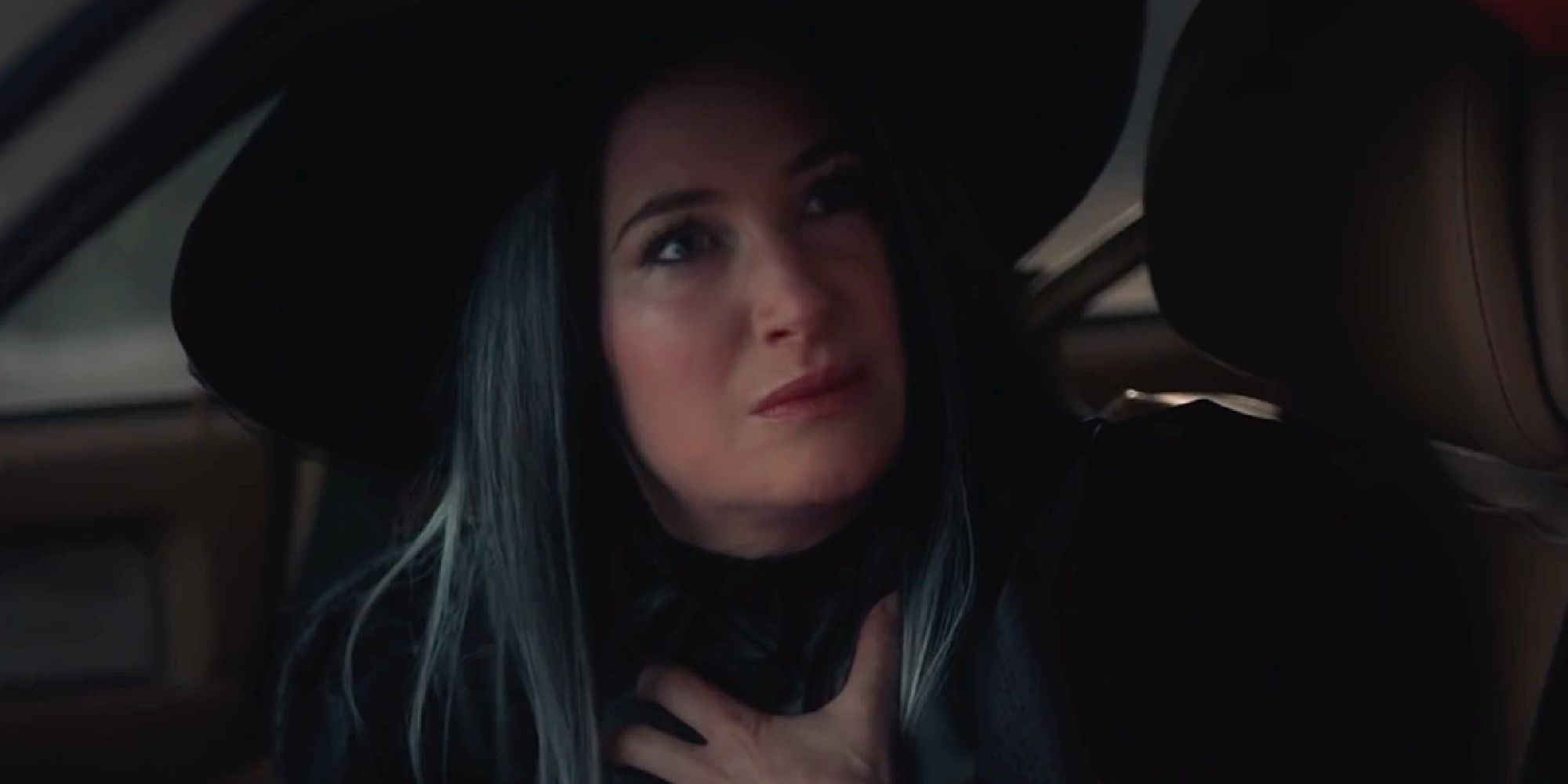
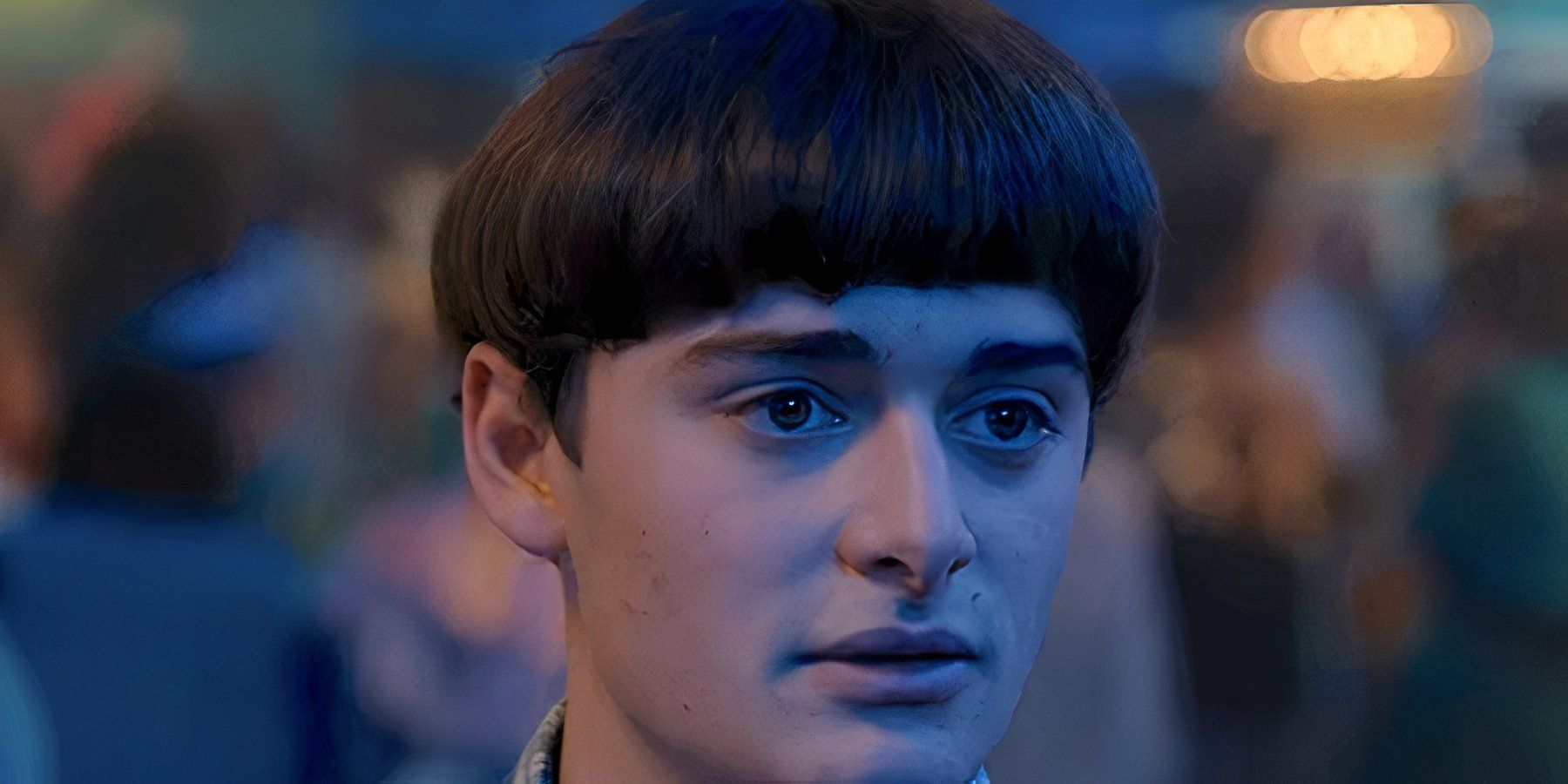
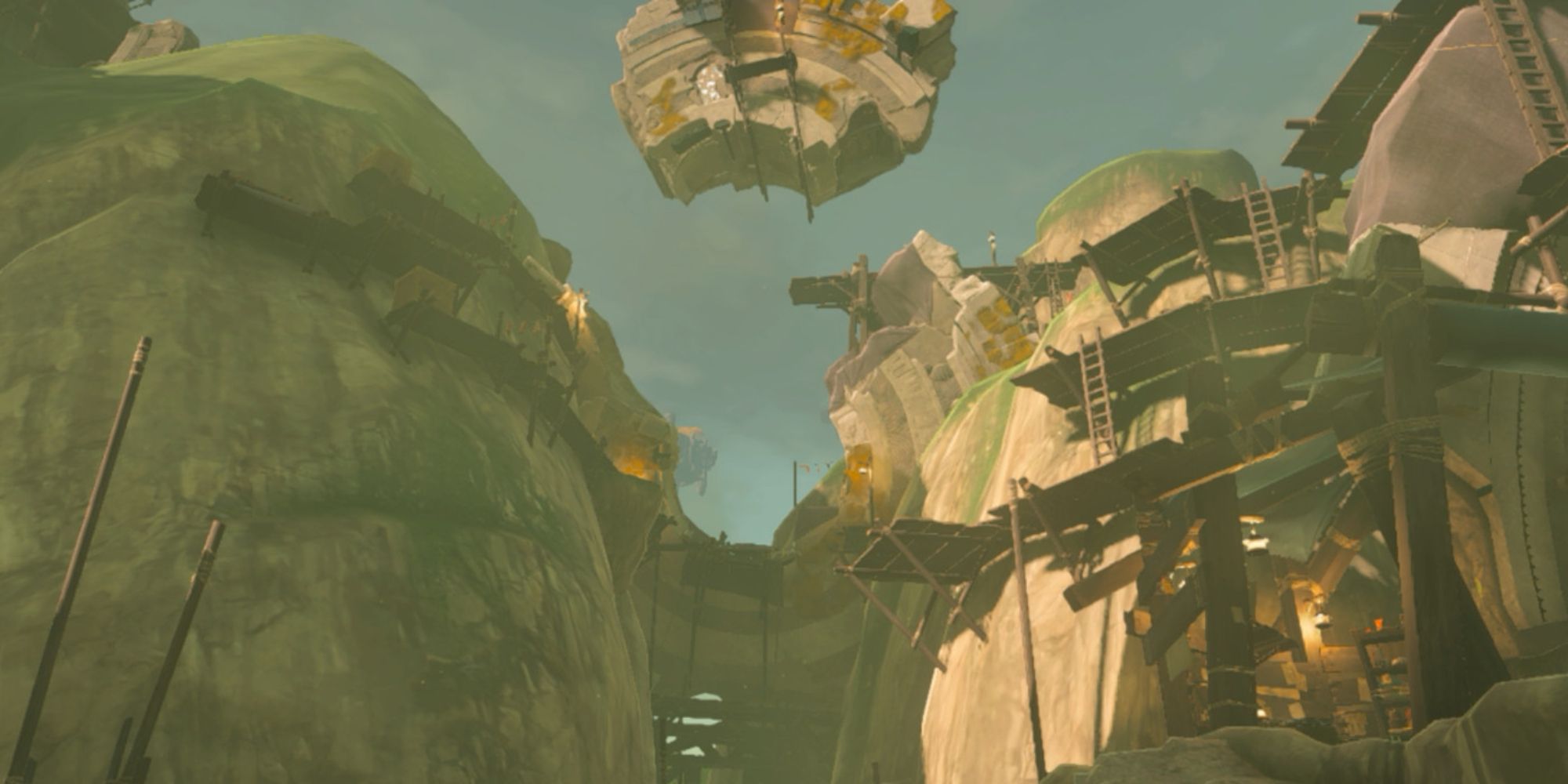
.jpg)
